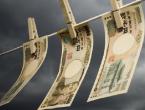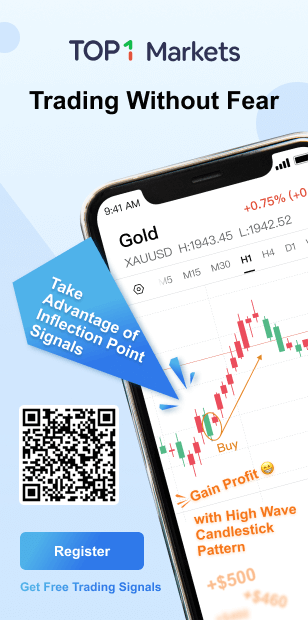EUR/USD
1.17386
0.003%
Gold
4299.39
0.458%
Oil
57.266
-0.824%
USD/JPY
155.873
0.202%
GBP/USD
1.33658
-0.150%
GBP/JPY
208.340
0.053%
On December 13th, Chery Automobile (09973.HK) issued a statement expressing its firm support for the "Guidelines on Price Behavior Compliance in the Automotive Industry" and its commitment to promoting high-quality development. Chery Automobile consistently upholds a long-term perspective, opposes price wars and "involutionary" competition, and will actively respond to the spirit of the "Guidelines," comprehensively reviewing price behavior across the entire supply chain and continuously strengthening compliance management and system construction. Chery Automobile pledges to ensure transparent pricing, oppose any form of price fraud and manipulation, return competition to its core value creation principles, oppose any malicious competition that disrupts the healthy ecosystem of the industry, deepen cooperation through compliance, and encourage partners to implement the spirit of the "Guidelines" to jointly maintain a healthy market ecosystem.On December 13, the head of the Zaporizhia region appointed by Russia, Baritsky, stated that two external power transmission lines simultaneously disconnected in the early hours of the day, causing the Zaporizhia nuclear power plant to lose its external power supply. During this time, backup diesel generators automatically started, and all systems were operating normally. No incidents were recorded that could compromise the safe operation of the nuclear power plant. Baritsky stated that the external power supply to the Zaporizhia nuclear power plant has now been fully restored. The backup diesel generators have entered standby mode, all safety systems are operating normally, and radiation levels are within normal ranges. Relevant departments are investigating the cause of the external power line disconnection.According to Belarusian state media, U.S. envoy Kohler stated that he discussed the issues of Ukraine and Venezuela with Belarusian President Lukashenko.On December 13, the Russian Ministry of Defense stated, "In response to last nights terrorist attacks on civilian targets within Russia by Ukraine, the Russian Armed Forces launched a large-scale strike early this morning against facilities of the Ukrainian military-industrial complex and the energy facilities that support their operation." The Russian Armed Forces used land-based and sea-based precision-guided weapons in the attack, including Kinzhal missiles and drones. Energy and industrial facilities in Odessa were damaged. Much of Odessa is experiencing power outages, water shortages, and heating disruptions. An explosion was also reported in Podolsk, Odessa Oblast. Ukraines DTEK Energy Company stated that 20 substations in the region were damaged.Russian Ministry of Defense: Troops from the Eastern Military District are advancing in a special military operations zone.











